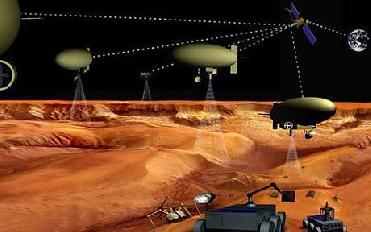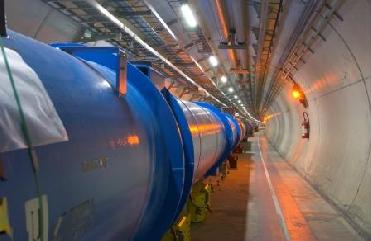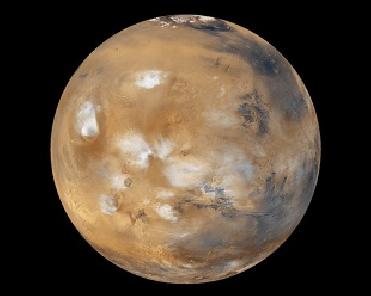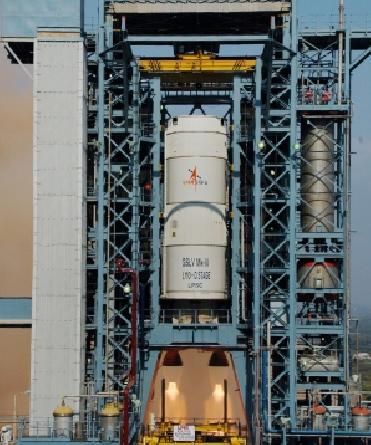
The team of wheeled and walking robots on the ground is controlled by airships, themselves instructed by a planetary Orbiter. Image Credit: NASA - JET PROPULSION LABORATORY
WASHINGTON (PTI): Scientists are on track to create robots that command other robots, a development that will make it possible to explore the alien worlds by armies of flying, driving and sailing humanoids.
Lead researcher Wolfgang Fink, of the California Institute of Technology (Caltech), has been developing software that would let a robotic explorer act independently and as part of a team. He said we are on the brink of a great paradigm shift in planetary exploration, and the next round of robotic explorers will be nothing like what we see today.
"The way we explore tomorrow will be unlike any cup of tea we've ever tasted," underlined Fink, whose work is published in the journal Computer Methods and Programs in Biomedicine and in the Proceedings of the SPIE.
Fink envisages the cybernetic adventurers mapping the land and seascapes of Saturn�s moon, Titan. Robotic airships and satellites will fly above the surface of the distant world, commanding squadrons of wheeled rovers and floating robot boats, a development that will transform planetary exploration.
The robot would select priorities for exploration and anticipate and handle problems on their own, according to a report in the Science Daily.
"We are departing from traditional approaches of a single robotic spacecraft with no redundancy that is Earth-commanded to one that allows for having multiple, expendable low-cost robots that can command themselves or other robots at various locations at the same time," said Fink, director of Caltech's Visual and Autonomous Exploration Systems Research Laboratory.













The Indian Air Force, in its flight trials evaluation report submitted before the Defence Ministry l..
view articleAn insight into the Medium Multi-Role Combat Aircraft competition...
view articleSky enthusiasts can now spot the International Space Station (ISS) commanded by Indian-American astr..
view article